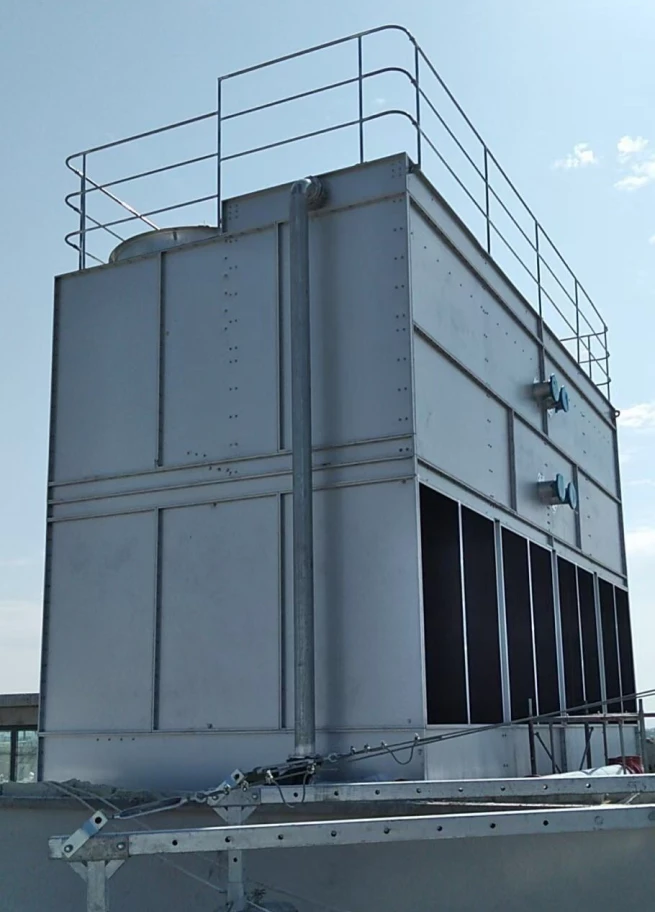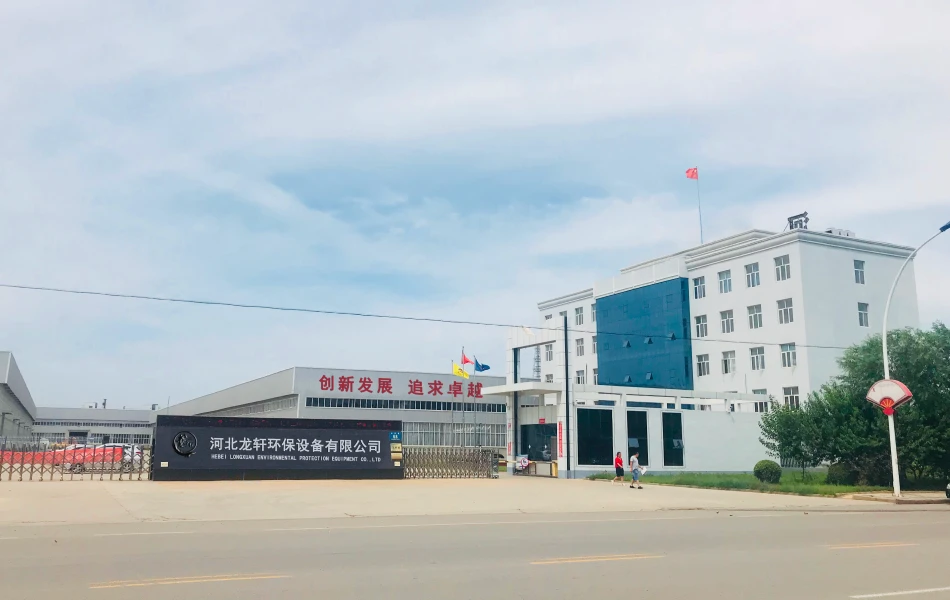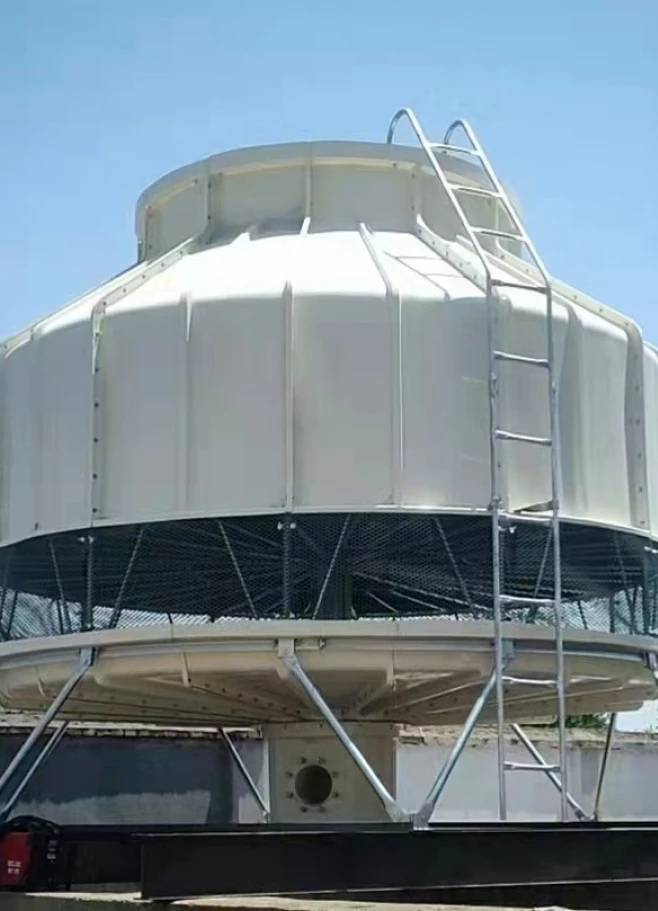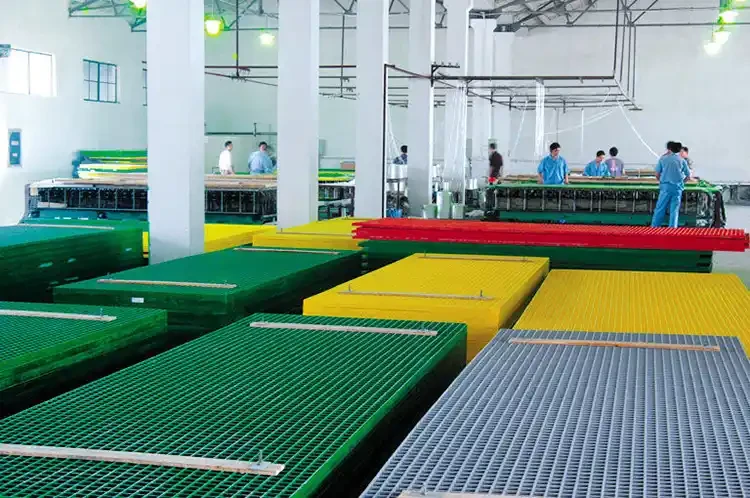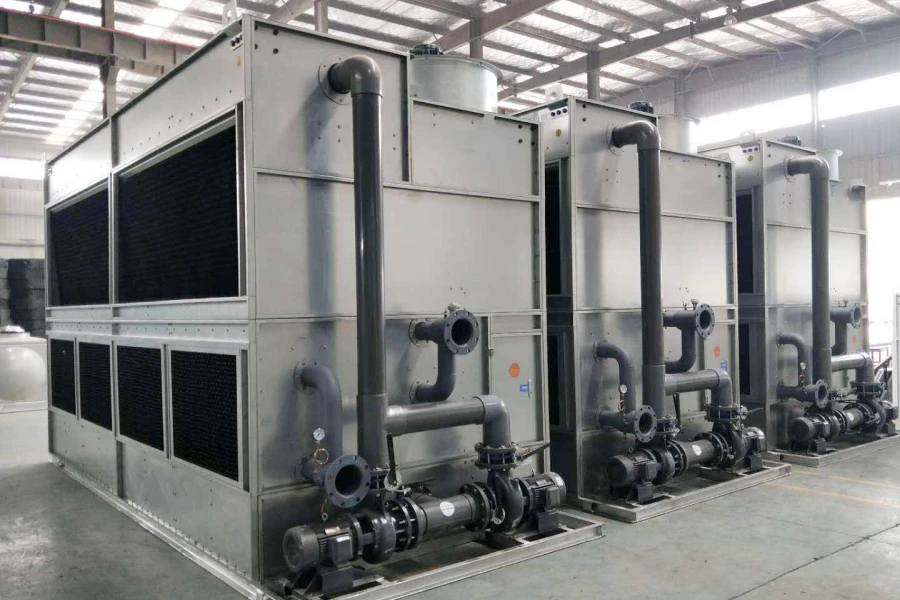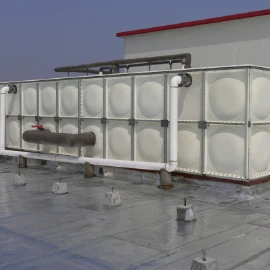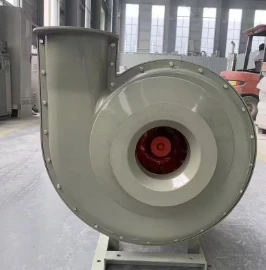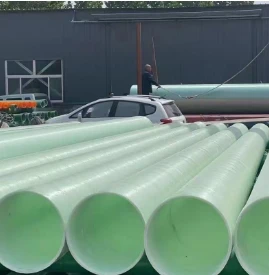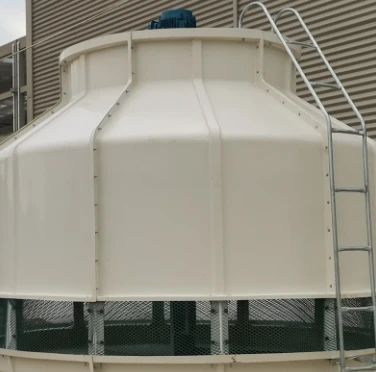

We Are Open 24 Hours a Day, 7 Days a Week, Including Weekends and Public Holidays.
- Introduction to centrifugal fan technology and material innovations
- Performance comparison: Fiberglass vs traditional metal fans
- Technical advantages of fiberglass reinforced plastic construction
- Manufacturer comparison table for industrial ventilation systems
- Customization options for specialized applications
- Real-world implementation case studies
- Decision factors for selecting industrial ventilation solutions

(fiberglass centrifugal fan)
Understanding Industrial Air Movement Technology
Modern industrial operations require robust ventilation systems capable of handling harsh environments while maintaining energy efficiency. The development of fiberglass centrifugal fan
technology represents a significant evolution from traditional metal alternatives. Unlike axial designs that move air parallel to the shaft axis, centrifugal variants create directional airflow changes that generate higher static pressure capabilities - essential for complex ductwork systems. This fundamental difference between centrifugal fan and axial fan configurations dictates their application suitability across various industrial settings.
Performance Benchmarks and Material Science
Fiberglass Reinforced Plastic (FRP) centrifugal fans outperform metallic alternatives in multiple critical metrics. Test data reveals FRP units reduce energy consumption by 18-22% while achieving corrosion resistance levels 5X greater than stainless steel in acidic environments. When comparing centrifugal fan and axial fan configurations:
- Operating efficiency peaks at 82-87% for centrifugal models vs 45-50% for axial counterparts
- Static pressure generation reaches 50 inches water gauge (centrifugal) versus 4 inches (axial)
- Sound levels average 8-12 dB lower in FRP centrifugal units at comparable airflow volumes
The thermoforming process creates seamless, pultruded structures eliminating weak points where corrosion typically begins. This material advantage extends mean time between failures to approximately 85,000 operating hours - nearly double the lifespan of carbon steel alternatives.
Engineering Superiority of FRP Construction
Composite material technology enables several unique performance characteristics. The non-conductive nature of FRP prevents galvanic corrosion when handling electrolyte-rich airstreams, while the smooth molded surfaces reduce friction losses by approximately 14% compared to fabricated metal housings. Advanced blade geometries optimized through computational fluid dynamics increase aerodynamic efficiency beyond traditional backward-curved designs. Additional technical benefits include:
- Dielectric properties eliminating explosion hazards in VOC-rich environments
- Thermal expansion coefficients matching industrial ductwork
- Integrated structural reinforcement at stress concentration points
Modern fabrication techniques allow wall thickness optimization ranging from 0.25 inches at low-stress zones to 0.75 inches at bearing supports - achieving ideal strength-to-weight ratios.
Ventilation Solution Provider Comparison
| Manufacturer | Max CFM Range | Pressure Capacity | Temperature Rating | Customization | Warranty |
|---|---|---|---|---|---|
| Airflow Dynamics | 45,000 | 42" WG | 220°F | Extensive | 7 years |
| Composite Vent Solutions | 68,000 | 38" WG | 190°F | Moderate | 5 years |
| Industrial Air Systems | 32,500 | 45" WG | 250°F | Limited | 10 years |
| Polymer Fan Technologies | 55,000 | 35" WG | 200°F | Extensive | 5 years |
Application-Based Configuration Options
Leading manufacturers provide comprehensive customization services to address specific operational requirements. Options include epoxy coatings to increase chemical resistance for wastewater treatment plants, spark-resistant construction for chemical processing facilities, and stainless steel shaft sleeves extending bearing life in high-moisture environments. Variable pitch blades enable precise airflow modulation across 40-115% of design capacity without efficiency penalties. For facilities requiring axial fan and centrifugal fan hybrid systems, integrated control packages can synchronize multiple units within ±2% airflow balance. Specialized configurations address:
- High particulate applications: Erosion-resistant leading edges
- Explosive environments: Static-dissipating construction
- Marine installations: Enhanced UV inhibitors
- Food processing: FDA-compliant resin formulations
Design adaptations typically add 20-35% to baseline costs but deliver 300-400% longer service life in demanding applications.
Implementation Success Cases
A major semiconductor manufacturer replaced carbon steel centrifugal fans with FRP units across their acid exhaust system, reducing maintenance costs by $220,000 annually while eliminating unplanned downtime. Performance monitoring showed:
- 37% airflow increase from friction reduction
- 15% energy reduction despite higher output
- Zero corrosion failures after 7 years
Municipal wastewater plants documented 11% energy savings after retrofitting aeration blowers with custom FRP centrifugal fans designed for 24/7 operation. Efficiency gains paid for the upgrade in under 3 years while extending equipment life expectancy beyond 15 years. Power generation facilities report similar benefits, with corrosion-resistant fans maintaining design performance curves beyond 60,000 operating hours in flue gas desulfurization applications.
Selecting Efficient Ventilation Solutions
Industrial operators should prioritize lifecycle value when choosing between centrifugal fan and axial fan configurations. For applications requiring static pressure above 12" WG, centrifugal models consistently outperform axial alternatives. Fiberglass centrifugal fan solutions deliver superior long-term economics despite 25-40% higher initial investment. Technical specifications to evaluate include:
- Fan curve alignment with system requirements
- Composite resin formulation suitability
- Third-party certification for corrosion resistance
- Motor efficiency class ratings
The operational advantages of properly specified FRP centrifugal systems typically generate full ROI within 18-36 months through reduced maintenance and energy savings, making them the strategic choice for demanding industrial environments.
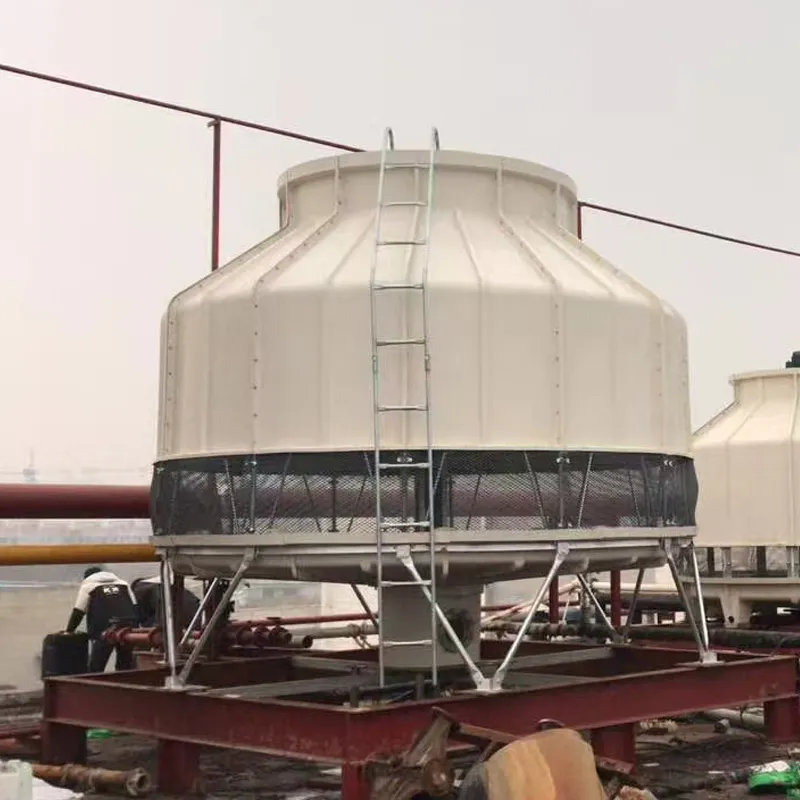
(fiberglass centrifugal fan)
FAQS on fiberglass centrifugal fan
Q: What are the key advantages of a fiberglass centrifugal fan?
A: Fiberglass centrifugal fans offer corrosion resistance, durability in harsh environments, and lightweight construction. They are ideal for handling corrosive gases or high-temperature airflow.
Q: How does a centrifugal fan differ from an axial fan?
A: Centrifugal fans redirect airflow radially using impellers, generating higher pressure, while axial fans move air parallel to the shaft, prioritizing high airflow volume at lower pressure.
Q: Why choose fiberglass material for centrifugal fans?
A: Fiberglass resists chemical corrosion, moisture, and heat, making it suitable for industries like wastewater treatment or chemical processing where metal fans might degrade.
Q: In which applications are fiberglass centrifugal fans commonly used?
A: They are widely used in HVAC systems, industrial exhausts, fume scrubbing, and environments with acidic or corrosive air contaminants.
Q: Can centrifugal fans achieve higher efficiency than axial fans?
A: Centrifugal fans excel in high-pressure applications, offering better efficiency for systems with resistance, while axial fans are more efficient for low-pressure, high-volume airflow.





Address
20 Xingyuan South Street, Zaoqiang County, Hengshui City, Hebei Province, China














